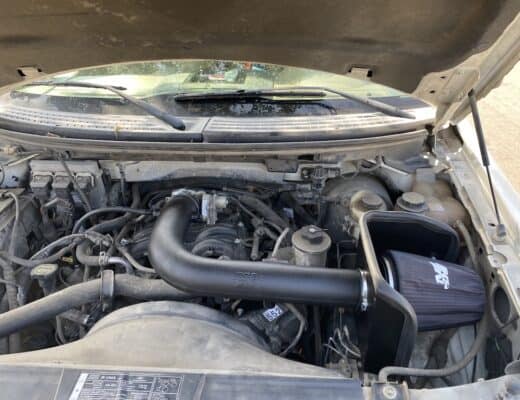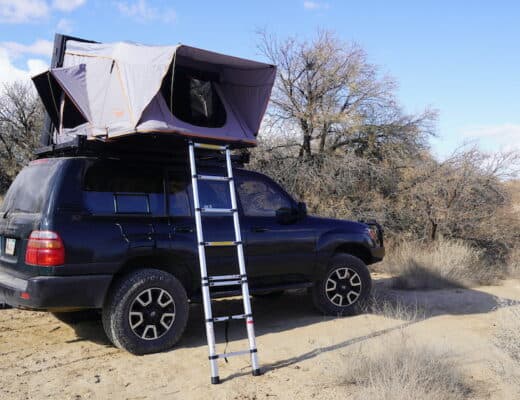When it comes to choosing a truck for overlanding, there are several factors to consider. One of the most important decisions to make is whether to go for a full-size truck or a mid-size truck. Each option has its own set of advantages and disadvantages, so it’s important to understand what you need and what works best for your overlanding adventures.
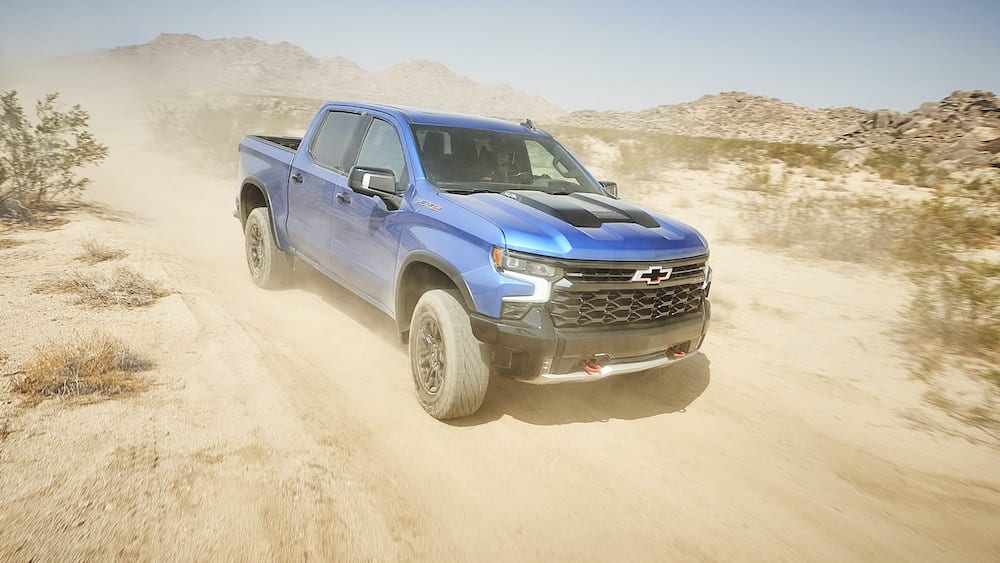
Understanding Overlanding
Before we dive into the specifics of full-size and mid-size trucks, let’s first understand what overlanding is all about. Overlanding is a form of off-road travel that typically involves traveling long distances in a self-sufficient manner. It often includes camping and exploring remote areas with minimal reliance on external resources.
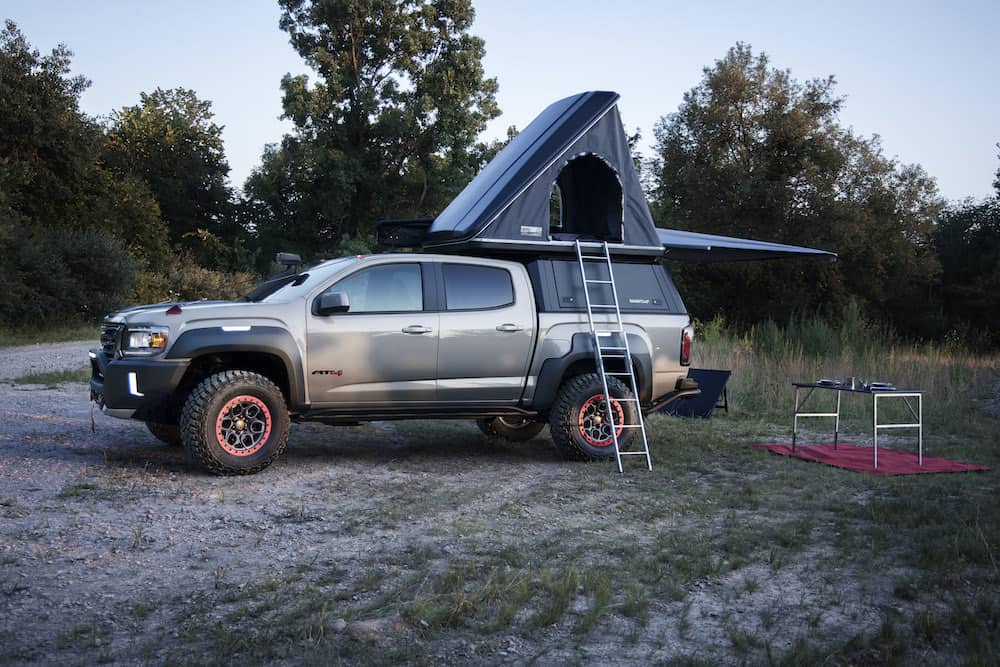
Overlanding is more than just a hobby or a vacation; it’s a way of life for many adventure enthusiasts. It allows people to escape the hustle and bustle of city life and immerse themselves in the beauty of nature. Whether it’s traversing rocky mountain trails, crossing vast deserts, or navigating dense forests, overlanding offers a unique and exhilarating experience.
The Basics of Overlanding
Overlanding requires a capable vehicle that can handle rugged terrain and carry all the necessary gear and supplies. It’s not just about getting from point A to point B; it’s about the journey and the experience along the way. Overlanders often venture off the beaten path, exploring nature, and immersing themselves in the great outdoors.
When embarking on an overlanding adventure, it’s essential to have a well-equipped vehicle that can withstand the challenges of the terrain. From steep inclines to muddy trails, overlanding vehicles need to be able to conquer any obstacle that comes their way. This means having a reliable 4×4 system, high ground clearance, and durable suspension to handle rough terrains.
In addition to the vehicle itself, overlanders need to carry all the necessary gear and supplies for their journey. This includes camping equipment, cooking utensils, food, water, and emergency supplies. Overlanding is all about self-sufficiency, so having enough storage capacity to carry everything is crucial.
Essential Features for Overlanding Vehicles
When choosing a truck for overlanding, there are specific features that you should look for. These include off-road capability, durability, reliability, storage capacity, and fuel efficiency. Additionally, accessories such as roof racks, skid plates, and winches can enhance your overlanding experience.
Off-road capability is perhaps the most critical feature for an overlanding vehicle. It should have a robust suspension system, all-terrain tires, and a capable drivetrain to tackle any type of terrain. Whether it’s sandy dunes, rocky trails, or muddy paths, your vehicle should be able to handle it all with ease.
Durability and reliability are also essential factors to consider. Overlanding often takes you to remote and harsh environments, where breakdowns can be a significant challenge. Choosing a vehicle known for its reliability and durability can give you peace of mind during your adventures.
Storage capacity is another crucial aspect of an overlanding vehicle. You need enough space to carry all your gear, supplies, and equipment without compromising comfort. Look for trucks with spacious cargo beds, roof racks, and interior storage compartments to accommodate all your essentials.
Lastly, fuel efficiency is something to consider, especially when embarking on long-distance journeys. Overlanding often involves traveling through areas with limited fuel stations, so having a vehicle that can go the extra mile without guzzling fuel can be a significant advantage.
Overall, overlanding is a thrilling and rewarding way to explore the world around us. It allows us to connect with nature, challenge ourselves, and create unforgettable memories. So, whether you’re a seasoned overlander or just starting to dip your toes into this exciting adventure, choosing the right vehicle with the essential features will enhance your experience and make your overlanding dreams come true.
Full-Size Trucks for Overlanding
Full-size trucks, as the name suggests, are larger and offer more interior space, towing capacity, and payload capacity compared to mid-size trucks. They are typically better suited for people who need to carry more gear or have a larger group of travelers.
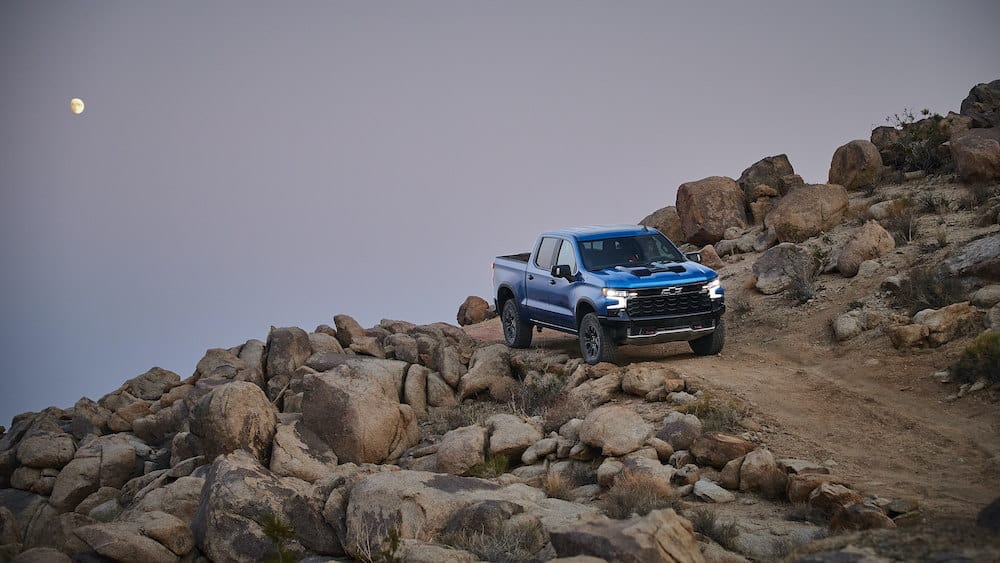
When embarking on an overlanding adventure, having a reliable and capable vehicle is crucial. Full-size trucks provide the perfect platform for tackling rugged terrains and venturing into remote areas. With their robust build and powerful engines, these trucks are ready to take on any challenge that comes their way.
Pros and Cons of Full-Size Trucks
One of the advantages of full-size trucks is their towing capacity. They are better equipped to handle heavy trailers or vehicles, making them suitable for those who plan on bringing along a lot of equipment. Whether you’re hauling a camper, a boat, or a trailer filled with adventure gear, a full-size truck will have no problem getting the job done.
Additionally, full-size trucks are often more comfortable, with larger seating areas and more amenities. Long drives to remote destinations can be tiring, but with spacious interiors and advanced features like heated seats, premium sound systems, and advanced infotainment systems, full-size trucks offer a comfortable and enjoyable ride for both the driver and passengers.
On the downside, full-size trucks can be more challenging to maneuver in tight spaces and congested areas. Their larger size and longer wheelbase require more space to turn and park. However, with modern technology such as 360-degree cameras, blind-spot monitoring, and parking assist systems, these challenges can be mitigated, making it easier to navigate through urban areas.
Another aspect to consider is fuel efficiency. Full-size trucks tend to have larger engines and higher fuel consumption compared to their mid-size counterparts. This is something to keep in mind if you plan on covering long distances during your overlanding journey. However, advancements in engine technology and the availability of hybrid or diesel options are helping to improve fuel efficiency in full-size trucks.
Top Full-Size Trucks for Overlanding
When it comes to full-size trucks for overlanding, there are several options to choose from. Some popular choices include the Ford F-150, Chevrolet Silverado, and Ram 1500. These trucks offer a combination of power, off-road capabilities, and comfort.
The Ford F-150, known for its durability and versatility, is a favorite among overlanders. With its high-strength aluminum body, powerful engine options, and advanced off-road features like the available FX4 Off-Road Package, the F-150 is ready to conquer any terrain.
The Chevrolet Silverado, with its rugged design and impressive towing capacity, is another excellent choice for overlanding enthusiasts. Equipped with features like the Z71 Off-Road Package, skid plates, and an available 6.2-liter V8 engine, the Silverado is built to handle off-road adventures with ease.
The Ram 1500, known for its luxurious interiors and smooth ride, offers a comfortable and capable overlanding experience. With its available air suspension, off-road tires, and advanced technology features like the Uconnect infotainment system, the Ram 1500 combines comfort and capability in one package.
Choosing the right full-size truck for your overlanding adventures depends on your specific needs and preferences. Whether you prioritize towing capacity, off-road capabilities, or interior comfort, there is a full-size truck out there that will meet your requirements and help you embark on unforgettable journeys.
Mid-Size Trucks for Overlanding
Mid-size trucks, on the other hand, are slightly smaller and offer a balance between capability and maneuverability. They are a great option for those who want a capable overlanding vehicle without the bulkiness of a full-size truck.
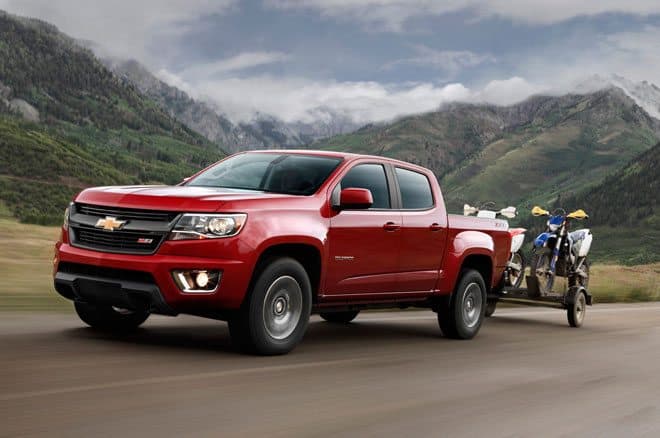
Advantages and Disadvantages of Mid-Size Trucks
One of the advantages of mid-size trucks is their maneuverability. They are easier to navigate in tight spaces and can be more comfortable to drive on a daily basis. Additionally, mid-size trucks often offer better fuel efficiency, making them more suitable for long-distance overland travel.
However, mid-size trucks may have limitations when it comes to towing capacity and payload capacity. If you plan on carrying a lot of gear or towing heavy loads, a full-size truck might be a better choice.
Best Mid-Size Trucks for Overlanding
There are a few standout mid-size trucks for overlanding enthusiasts. The Toyota Tacoma and the Chevrolet Colorado are two popular choices known for their off-road capabilities and reliability. These trucks offer a good balance between size, capability, and fuel efficiency.
Comparing Full-Size and Mid-Size Trucks
Now that we’ve explored both full-size and mid-size trucks individually, let’s compare them side by side to help you make an informed decision.
Performance Comparison
In terms of performance, full-size trucks generally offer more power and towing capacity. They are better suited for heavy-duty tasks and can handle rough terrain with ease. Mid-size trucks, on the other hand, are more nimble and fuel-efficient, making them a better choice for everyday driving and long-distance travel.
Cost Comparison
When it comes to cost, full-size trucks tend to be more expensive than their mid-size counterparts. They offer more features and capabilities, but they come with a higher price tag. Mid-size trucks, on the other hand, are more budget-friendly and can still get the job done for most overlanding enthusiasts.
Durability and Maintenance Comparison
Both full-size and mid-size trucks are built to be durable, but full-size trucks are generally more robust due to their larger size. They often come with stronger suspension systems and heavier-duty components. However, this can also mean higher maintenance and repair costs compared to mid-size trucks.
Making the Right Choice for Your Overlanding Needs
Choosing between a full-size and mid-size truck ultimately comes down to your specific overlanding needs and preferences.
Assessing Your Overlanding Goals
Take some time to evaluate your overlanding goals and the type of off-road adventures you plan on embarking on. If you anticipate towing heavy loads or need ample space for gear and passengers, a full-size truck might be the better option. On the other hand, if you prioritize maneuverability and fuel efficiency, a mid-size truck might be a more suitable choice.
Evaluating Your Budget
Consider your budget and how much you’re willing to invest in a truck. Full-size trucks generally come with a higher price tag, both in terms of the vehicle itself and ongoing costs such as fuel and maintenance. Mid-size trucks offer a more affordable option without compromising too much on capability.
Considering Your Comfort and Convenience
Think about your comfort and convenience while on overlanding trips. If you prefer a more spacious and luxurious interior with advanced features, a full-size truck might be the way to go. On the other hand, if you value a smaller, more maneuverable vehicle that is easier to park and navigate, a mid-size truck might be a better fit.
Ultimately, there is no one-size-fits-all answer to the full-size vs. mid-size truck dilemma. It depends on your personal preferences, budget, and overlanding needs. By considering these factors and understanding the pros and cons of each option, you’ll be able to make an informed decision and choose the truck that is best suited for your overlanding adventures.

